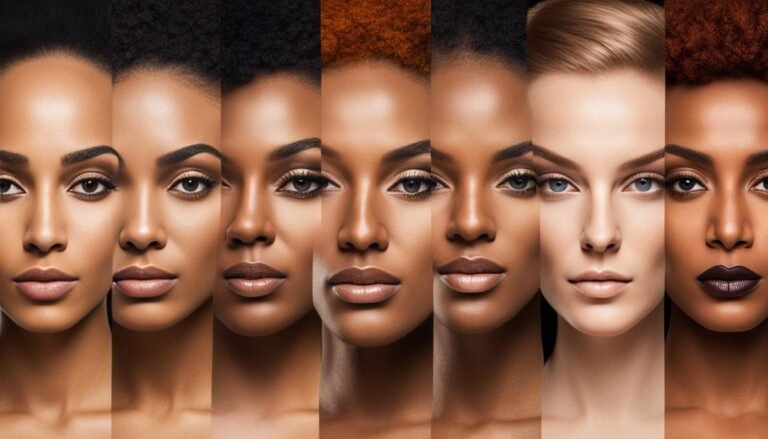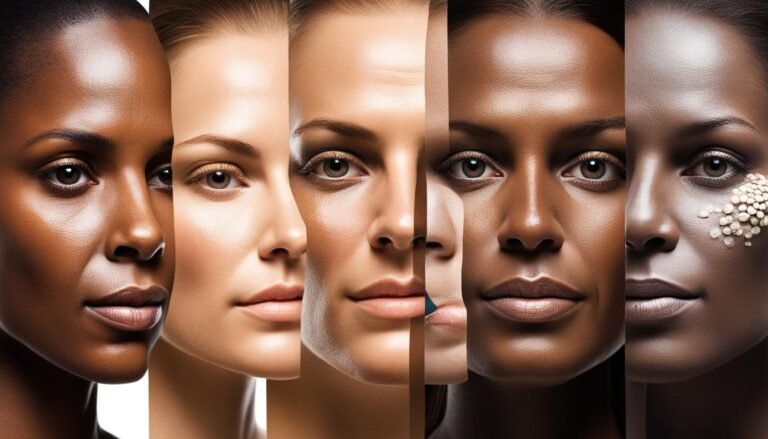Why do we look so different if we all came from Africa?
Our species, Homo sapiens, originated in Africa between 150,000 and 200,000 years ago. Despite our common African ancestry, humans today exhibit a wide range of physical characteristics and appearances. This variation can be attributed to a combination of factors, including the process of human evolution, genetic adaptations to different environments, and regional influences. While some changes, such as the decrease in overall body size and brain size, have occurred universally across populations, others have been shaped by specific climates, lifestyles, and dietary practices. Smaller bodies, smaller brains, and smaller jaws and teeth are some of the common physical changes that have occurred in human populations over time. However, it is important to note that physical diversity within our species is not solely determined by genetics; environmental factors also play a role in shaping our appearances. Understanding the complex interplay of genetics and environmental factors can help us unravel the mystery of why we look so different despite our shared African ancestry.
Key Takeaways:
- Our species, Homo sapiens, originated in Africa.
- Despite our common African ancestry, humans exhibit a wide range of physical characteristics and appearances.
- Physical variations are influenced by factors such as human evolution, genetic adaptations, and regional influences.
- Environmental factors also play a role in shaping our physical appearances.
- Understanding the interplay between genetics and environmental factors can help us understand the diversity within our species.
The Influence of Genetics on Physical Characteristics
Recent DNA studies have provided fascinating insights into the genetic traits that contribute to our physical appearances and how these characteristics have evolved over time. These studies have shed light on the influence of genetic adaptations and interbreeding with ancient human species on the diverse physical features we observe in modern humans.
One significant finding from DNA studies is the evidence of interbreeding with other ancient human species, such as the Denisovans. Genetic traits linked to lip shape have been discovered to have originated from genes found in Denisovans. For instance, the gene TBX15 plays a role in determining lip shape through body fat distribution, and its presence in modern humans suggests a genetic influence from interbreeding with ancient species. This interbreeding has contributed to the unique physical diversity we see among different human populations today.
Genetic variations are also responsible for differences in skin color, eye color, hair type, and face shape among human populations. The color of our skin is determined by genetic factors that have evolved in response to different environments. Lighter skin allows for more efficient synthesis of vitamin D from sunlight in regions with less sunlight, while darker skin provides protection against excessive UV ray absorption in regions with intense sunlight.
Additionally, variations in eye color, hair type, and face shape are influenced by genetic factors. Eye color is determined by the amount and distribution of pigment in the iris, which is regulated by specific genes. Hair type, such as tight, curly hair or straight hair, has evolved as an adaptation to different climates, with curly hair aiding in cooling and evaporation of sweat in hot climates, and straight hair providing additional warmth in colder regions. The shape of the face, as well as features like nose size and lip thickness, also exhibit genetic influences and vary among populations.
By studying the genetic basis of these physical characteristics, we can gain a deeper understanding of the incredible diversity within our species. Genetic traits and variations provide valuable insights into our shared human history and the unique ways in which our ancestors adapted to different environments and interbred with other ancient human species, ultimately shaping the physical traits we possess today.
The Role of Environmental Factors in Physical Diversity
In addition to genetic factors, our physical appearance is also influenced by environmental factors, particularly climate. Different climates have shaped human populations’ body builds, skin color, noses, hair, mouth, and eyes in specific ways.
Humans living in cold climates, for example, tend to have shorter, stockier builds to retain body heat, while those in hot climates have thinner, long-limbed builds to dissipate heat more efficiently.
Skin color varies based on the need for protection from UV rays; lighter skin allows for greater absorption of sunlight for vitamin D synthesis in regions with less sunlight, while darker skin provides a natural defense against excessive UV ray absorption in regions with intense sunlight.
Nose shape and size also adapt to environmental conditions, with broad, flat noses better suited to humid climates, and narrower, projecting noses more common in hot, dry climates. Hair types, such as tight, curly hair or straight hair, have evolved as adaptations to different climates, with curly hair aiding in cooling and evaporation of sweat in hot climates and straight hair providing additional warmth in colder regions.
Features like lip thickness and eye shape also vary among populations based on environmental factors. By understanding how environmental forces have influenced our physical characteristics, we can appreciate the incredible adaptability of our species in response to varied climates and conditions.
FAQ
Why do we look so different if we all came from Africa?
How does genetics influence our physical characteristics?
What role do environmental factors play in our physical diversity?
Source Links
- https://australian.museum/learn/science/human-evolution/how-have-we-changed-since-our-species-first-appeared/
- https://www.nhm.ac.uk/discover/news/2018/july/the-way-we-think-about-the-first-modern-humans-in-africa.html
- https://www.thetech.org/ask-a-geneticist/articles/2023/evidence-for-african-human-origin/






